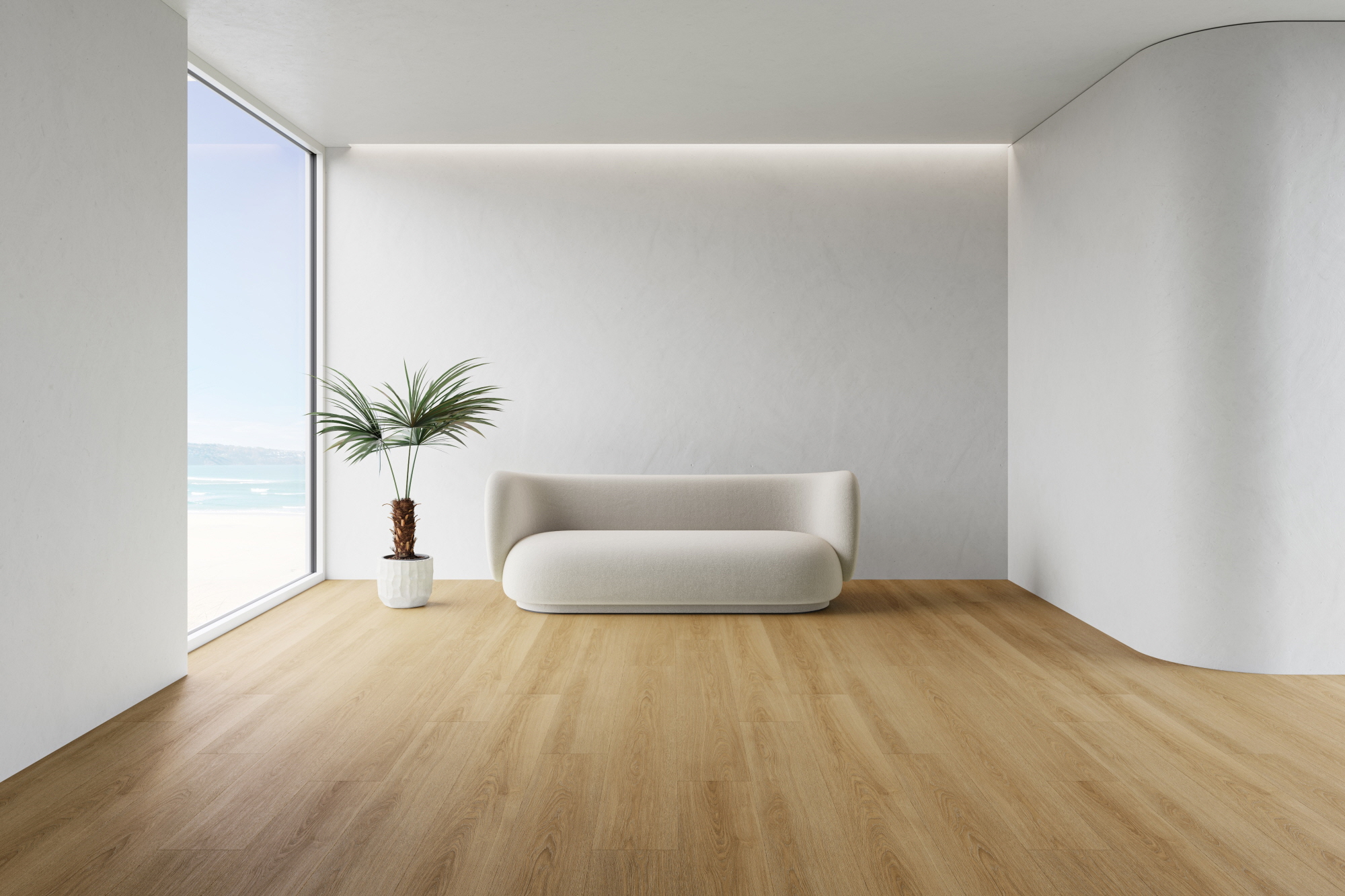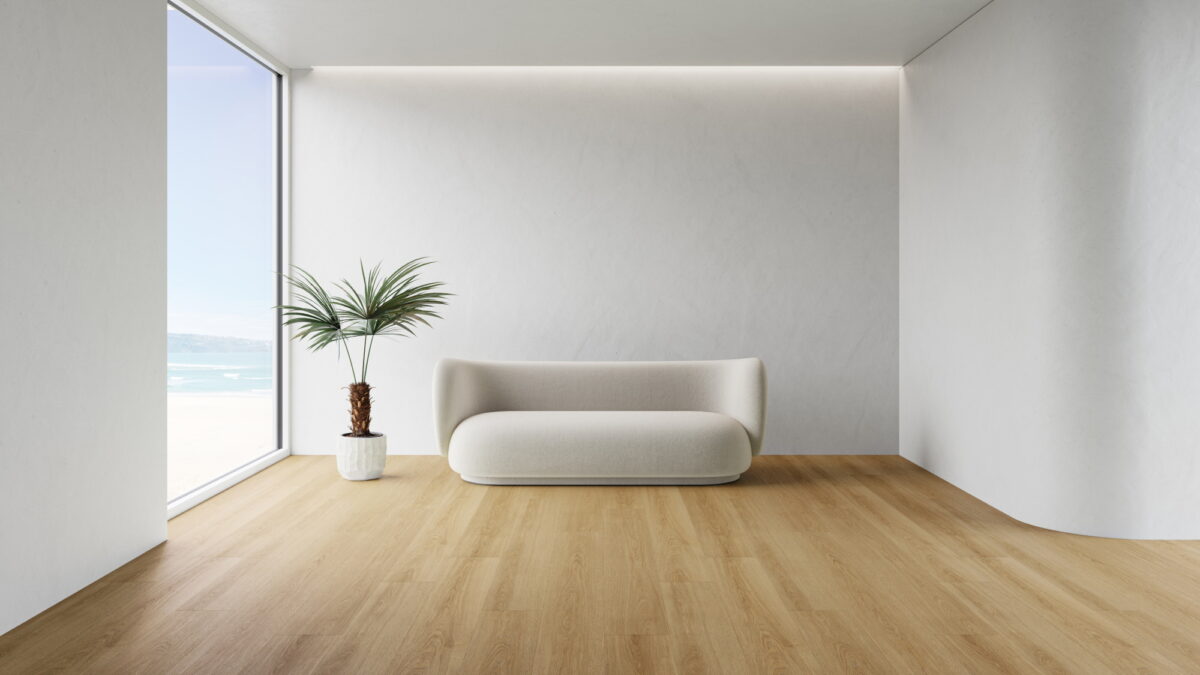Vinyl is the second largest-selling plastic in the world. It accounts for more than $4 billion in sales every year, and more than 14 billion pounds of vinyl are made annually in North America alone.
There are many different types of vinyl, including marine vinyl. Various configurations offer different advantages, such as various levels of strength, durability, and affordability.
If you want to know more about standard vs. marine vinyl flooring, keep reading. The vinyl comparison below explores the distinct attributes of the marine variety and the unique advantages it affords.
What Is Regular Vinyl?
Regular vinyl refers to flooring or other building materials made of polyvinyl chloride (PVC), a synthetic plastic polymer. Standard vinyl uses include:
- Construction
- Electrical
- Medical devices
- Consumer goods
- Other industries
Vinyl used in buildings–namely siding and flooring–is popular for its many benefits. It is extremely durable, and resistant to scratching and impacts. It will hold up and look great for decades, with little maintenance.
Another aesthetic benefit is that vinyl can be made to mimic natural materials like wood, tile, and stone. It is a much more affordable flooring alternative to such products.
What Is Marine Vinyl?
Marine vinyl refers to vinyl fabric that has been specifically designed for harsher conditions. The “marine” refers to aquatic environments. Marine vinyl is a popular choice for boats and other watercraft that are regularly exposed to water.
Like standard vinyl, marine vinyl comes in a range of styles and textures. You can also get marine vinyl that resembles natural materials, such as wood or stone.
Key Differences Between Regular and Marine Vinyl Flooring
The main difference between regular and marine vinyl flooring is that marine vinyl offers extra UV protection. It will hold up well against the sun’s powerful rays, making it less likely to fade or experience damage.
This makes it ideal for outdoor applications, especially those exposed to direct sunlight. In addition to exterior flooring, consider it for seating and awnings.
Another difference is that marine vinyl has antibacterial and antifungal properties. This makes it resistant to the growth of molds and mildew.
Again, this makes marine vinyl perfect for outdoor spaces, but also indoor ones that may have regular exposure to moisture or water. Examples include kitchens, bathrooms, laundry rooms, and mud rooms.
A final difference between marine and standard vinyl flooring is that the latter is more economical. This is due to marine vinyl’s special properties and production methods. However, even though its initial price may be higher, marine vinyl durability and longer lifespan can offset the cost difference.
Learn More About Marine Vinyl Flooring
Now that you understand the benefits of marine vinyl flooring vs. standard vinyl, you can determine if it is right for your home, business, or project. An experienced flooring expert can further advise you on the many marine vinyl benefits and applications.
Since 1947, LX Hausys has been providing the highest quality flooring materials to its customers. We help create aesthetically stunning floors through the use of high-quality, eco-conscious materials. Contact us today to learn more about our products and services, or for a vinyl application guide.


